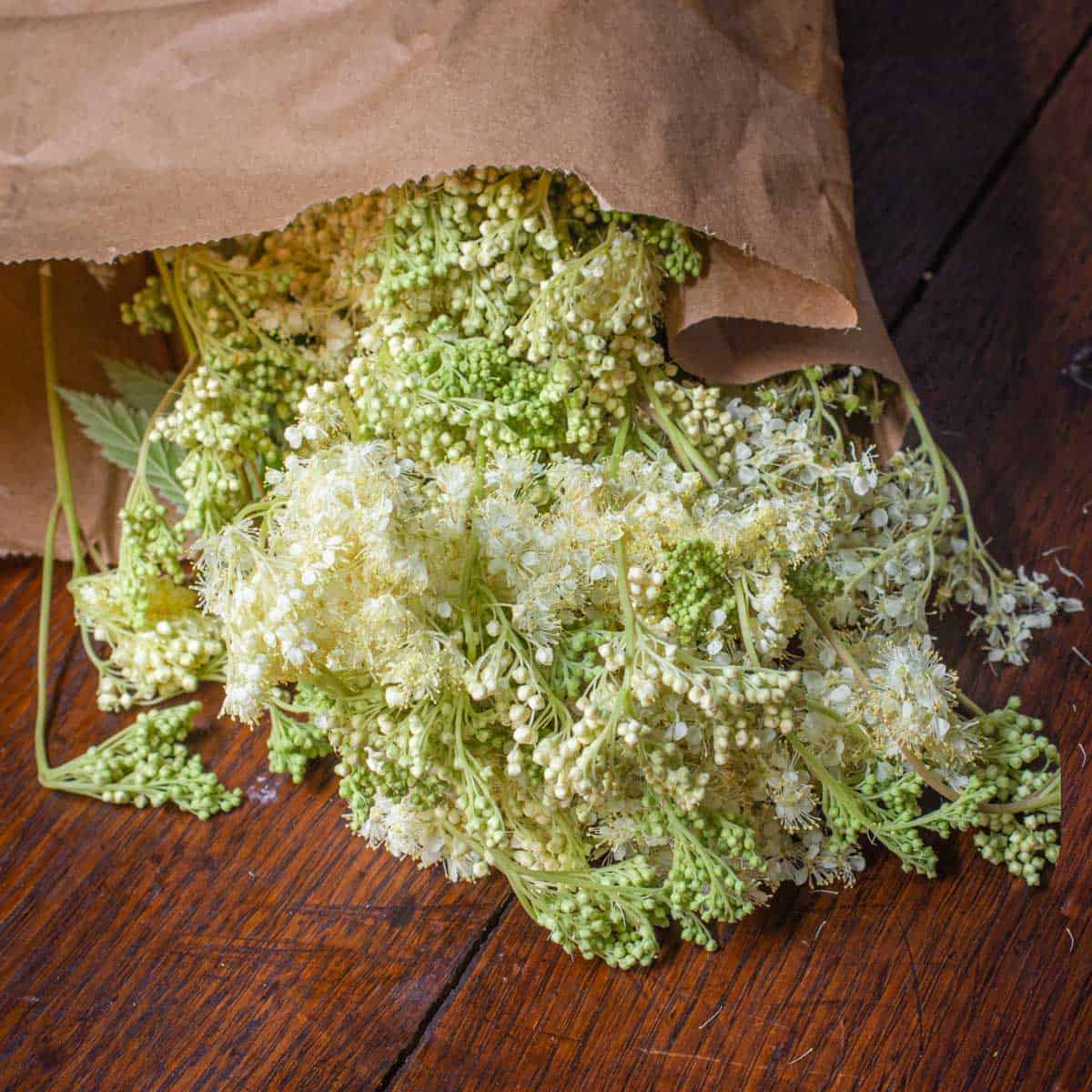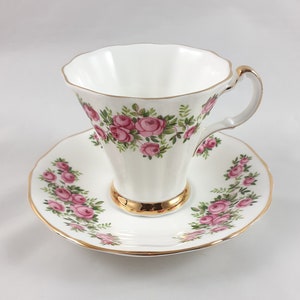White Meadowsweet: The Sweetest Flower In The Meadow
Meadowsweet (Filipendula ulmaria), also known as meadwort, queen of the meadow, and bridewort, is a perennial herbaceous plant in the rose family (Rosaceae). It is native to Europe, Asia, and North America, and can be found growing in damp meadows, ditches, and riverbanks.
Meadowsweet is a tall plant, growing up to 6 feet tall. It has a long, slender stem that is topped with a cluster of small, creamy-white flowers. The flowers have a sweet, cloying scent that can be quite strong. Meadowsweet blooms from June to September.
The leaves of meadowsweet are large and divided into several leaflets. They are dark green on the top and paler underneath. The leaves are also slightly hairy, giving the plant a soft, fuzzy appearance.
Meadowsweet is a popular garden plant, and it is easy to grow from seed or root division. It prefers moist, well-drained soil and full sun or partial shade. Meadowsweet is relatively pest- and disease-free, and it is a good choice for a low-maintenance garden.
In addition to its ornamental value, meadowsweet has a number of medicinal properties. It has been used for centuries to treat a variety of ailments, including fever, sore throat, and inflammation. Meadowsweet is also a diuretic, and it can help to relieve fluid retention.
The flowers and leaves of meadowsweet can be used to make tea, tincture, or ointment. To make tea, simply steep 1-2 teaspoons of dried meadowsweet flowers in a cup of hot water for 5-10 minutes. To make tincture, combine 1 part dried meadowsweet flowers with 5 parts alcohol (such as vodka or brandy) in a jar. Seal the jar and store in a cool, dark place for 2-4 weeks. Strain the tincture and store it in a dark bottle. To make ointment, combine 1 part dried meadowsweet flowers with 5 parts oil (such as olive oil or coconut oil) in a double boiler. Heat the mixture over low heat, stirring constantly, until the oil is infused with the herb's properties. Strain the ointment and store it in a cool, dark place.
Meadowsweet is a safe and effective herb for most people. However, pregnant women and breastfeeding mothers should avoid using meadowsweet, as it may stimulate the uterus. Meadowsweet can also interact with certain medications, so it is important to talk to your doctor before using it.
White meadowsweet (Spiraea alba) is a beautiful and versatile plant that can be found in a variety of habitats, from wet meadows to woodland edges. It is known for its delicate white flowers, which bloom in mid-summer and attract a variety of pollinators. White meadowsweet is also a host plant for several butterfly species, including the spring azure.
If you are interested in learning more about white meadowsweet, I recommend visiting the website Garden Wiki. This website provides a wealth of information about the plant, including its botany, ecology, and cultivation. You can also find photos, videos, and articles about white meadowsweet on this website.
I hope you enjoy learning more about white meadowsweet!
FAQ of white meadowsweet
null
Image of white meadowsweet
5 different images of white meadowsweet from pinterest.com:
- Image 1: A close-up of a white meadowsweet flower. The petals are delicate and white, and the center of the flower is a cluster of yellow stamens.

- Image 2: A full shot of a white meadowsweet plant. The plant is tall and slender, with long, thin stems that support the flowers. The leaves are small and oval-shaped.

- Image 3: A meadow full of white meadowsweet flowers. The flowers are in bloom, and the meadow is covered in a sea of white.

- Image 4: A bouquet of white meadowsweet flowers. The flowers are arranged in a vase, and they are surrounded by greenery.

- Image 5: A teacup filled with white meadowsweet flowers. The flowers are floating in the tea, and they give the tea a delicate and floral aroma.

Post a Comment for "White Meadowsweet: The Sweetest Flower In The Meadow"